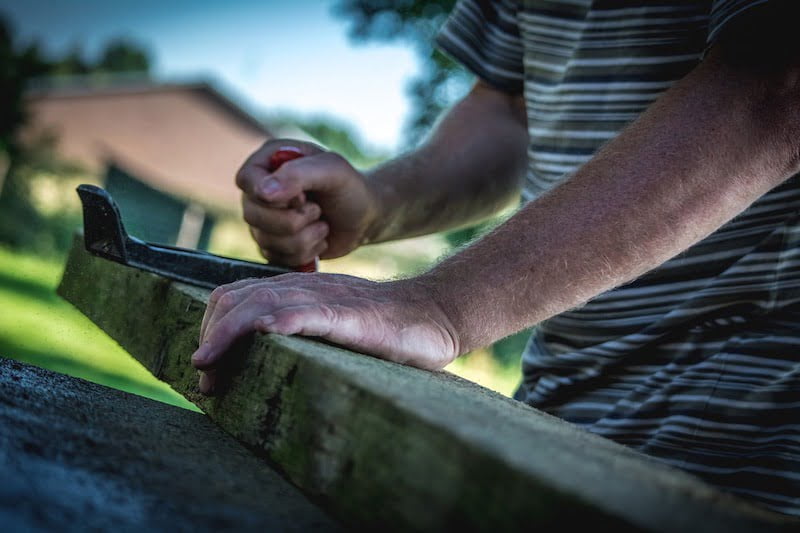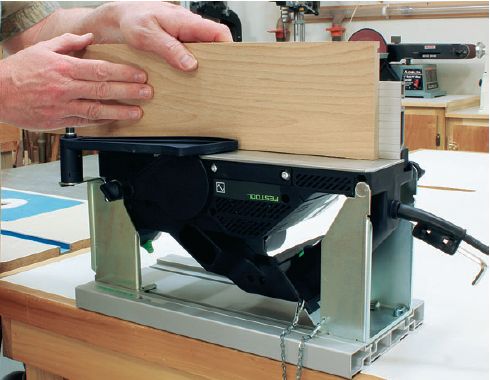Importance Of A Jointer In Woodworking


Woodworking
Whether you pursue it as a hobby or are into DIY around the home, woodworking is a great skill to have. It can be therapeutic to work with wood – a natural substance after all – and extremely rewarding. For practical purposes, having the skills and tools to fashion and prepare wood is certainly a bonus, and there are many home DIY jobs that can be done at cut price if you have the ability. Some, in fact, are very simple as long as you have the right tools, and from there the scope for creating your own items grows.
One thing that is important when repairing or building items – whether furniture or otherwise – from wood is accuracy. Attention to detail extremely important, especially if you are working with an item on which different pieces of wood join together. Uneven or wrongly-angled surfaces, even to the smallest degree, can ruin a good job, so great care must be taken when it comes to preparing the surfaces involved.
Among your woodworking tools will be all the essentials: you will have a variety of saws – both powered and otherwise – as well as a router, complete with various bits. A drill is a necessity, as are chisels and a hammer and screwdriver. If you are a traditionalist, a plane may also be part of your kit, and they are very useful. Or you may have the powered equivalent, But, have you got a jointer?
Many people make the mistake of thinking that a jointer and a planer are the same thing. They are, in fact, for entirely different purposes, although it is often the case that one is used after the other – the jointer first, and the planer to follow. What does a jointer do, and how does it differ from a planer? Let’s have a closer look!
What Does a Jointer Do?
A jointer is a woodworking tool that is used in industry as well as in domestic carpentry. Let’s say you are starting with a rough piece of timber, which will eventually become part of a piece of furniture. That timber will not be uniform. The face will naturally have curves and perhaps warps in it. These need to be flattened before the wood can become what it needs to be. A jointer is the machine that does this job.
The jointer works by way of a cutting head taking away a prescribed amount of the surface of the wood, until it is flat and uniform. It is usually electrically powered – there are various power levels you can buy – and is easy to use once you have practiced. Once your wood has been through the jointer, it is ready for the planer, which fine-tunes the wood and helps finish it for working.
If you need more in-depth information there are some excellent reviews at Sharpen-Up.com of the best jointers available. Next, we talk about the different types of jointer, and what they are designed for.

Jointer in Woodworking
Types of Jointer
While each different type of jointer does pretty much the same thing, there are reasons why different versions are necessary. Here are the main types of jointer, and what their given purpose is:
Bench Top Jointer – if you are woodworking as a hobby from home, this is the type of jointer you will most likely be interested in. Generally intended for working the edges and face of small pieces of wood, perhaps with a 6-inch maximum width, these versatile and very handy tools sit on the bench as the name suggests, and are convenient, compact and not expensive. You’ll find a bench top jointer very useful once you start using one.
Long Bed Jointer – for the more dedicated domestic user and lightweight commercial use, this type of jointer is larger and has more scope than the above, but similar in principle. If you regularly work wood up to a foot in width this may be the best option for you.
Closed Stand Jointer – this is the full-on commercial type of jointer, presented with its own stand within which the device is set. This reduces noise and vibration and keeps the motor free from dust and debris. Often able to work up to 16-inches, there is no reason you should not have one in your home workshop if it would be used, but be aware they are more expensive than the above.
Any of the above jointers will be of great help in DIY and woodworking terms, yet it is perhaps the bench top jointer that will find its way into most home workshops thanks to their ease of use, compact nature and affordable prices. What should you look for when you are choosing a bench top jointer? We’ll finish by talking about some factors that you need to consider if you are to buy the right one.
What to Look for in a Bench Top Jointer
Lumber size capacity is the first thing to consider when you are looking for a bench top jointer. As we mentioned above, the standard size for this type of device is 6-inches in width. In truth, this should be sufficient for any job that is home-based, hobby or DIY. If you do work wider wood regularly, you need to look at long bed models.
Cutting depth is the next consideration as this will influence how well you can work the wood on the face and edge. Look for a machine offering a 1/8th of an inch cutting depth, as this is the standard for devices of this type.
The power of the motor should be 1HP or more. 1HP is perfectly sufficient for working wood as a hobbyist or for DIY, and anything more simply gives you more scope and greater ability. Have a look at the specifications before you buy.
Finally, make sure the model you choose has decent dust collection systems built in. There will always be some dust, but a good jointer will be designed to take most of it away while it in action.
We hope we’ve helped you get to grips with why you need a jointer, so check out the best and see which one is ideal for your requirements.